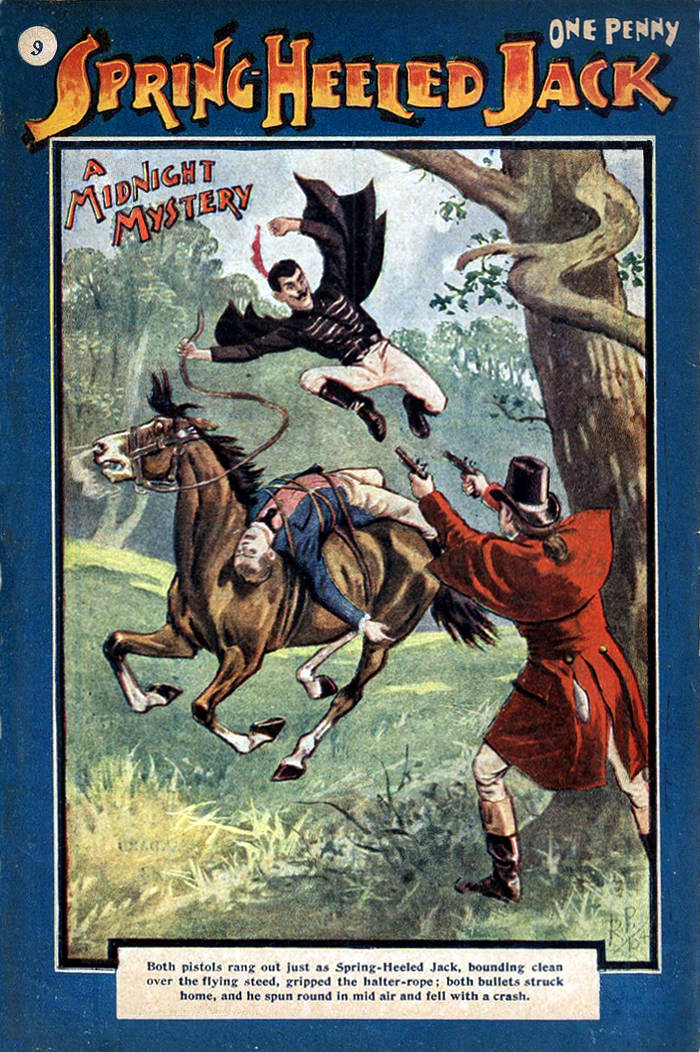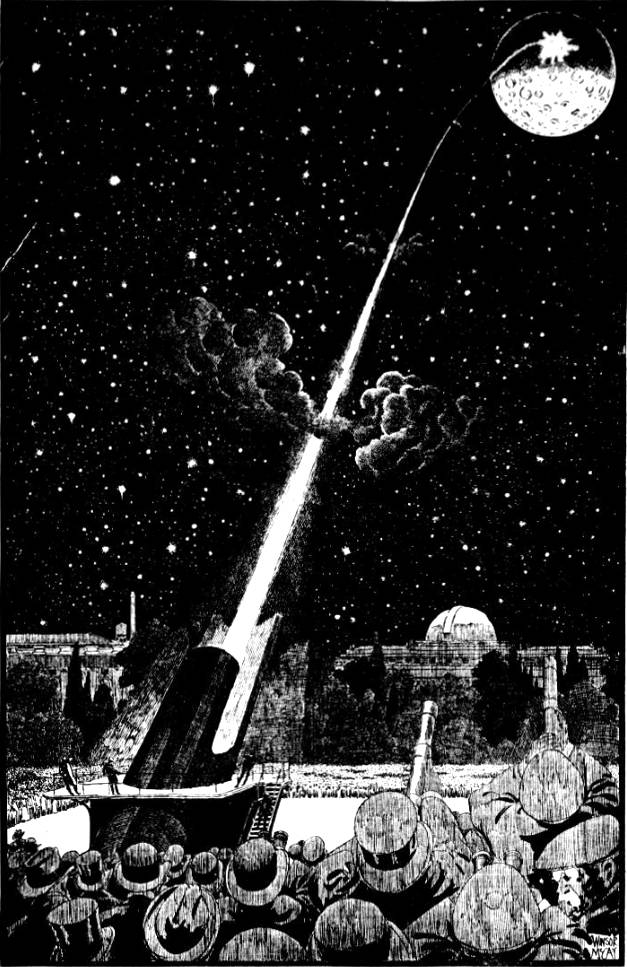Douglas DC-3 of the British Overseas Airways Corporation (BOAC) sitting on the runway at Gibraltar, silhouetted by searchlights on the Rock during an air-raid practice, November 20th, 1942.
Pulp Action from the Wild West through the Dirty 30s and More.
A couple of maps showing the routes of Scottish Missionary, David Livingston, as he searched for the source of the Nile river. Because of his explorations he was a popular hero in the late 19th century, and because of his fame, he was influential in ending the East African Arab-Swahili slave trade.
Both pistols rang out just as Spring-heeled Jack, bounding clean over the flying steed, gripped the halter-rope; both bullets struck home, and he spun round in mid air and fell with a crash.

Spring-Heeled Jack, 1904, issue #9
Storyboard images from the 1954 movie Godzilla.
The Washington Times, January 25, 1920

If you pointed your cannon straight up toward the moon, or aimed at the moon your rocket, as Professor Goddard is preparing to do, you would hit the moon if your projectile left the earth at a speed equal to six and seventy-seven-hundreths miles per second. This rate of speed would take the projectile up through the earth’s little air cushion, about two hundred and thirty miles thick, and on beyond to a point in space where the earth’s power of gravitation would end and the moon’s power would begin. The projectile would shoot up the first part of the journey, “fall down” the second part, landing on the moon inevitably. The plan is to charge part of Professor Goddard s rocket with some brilliantly inflammable and explosive stuff, aim it at a dark moon, then watch with telescope and see by the flash that the messenger had struck the moon’s surface and exploded. Continue reading “Shoot the Moon, 1920”